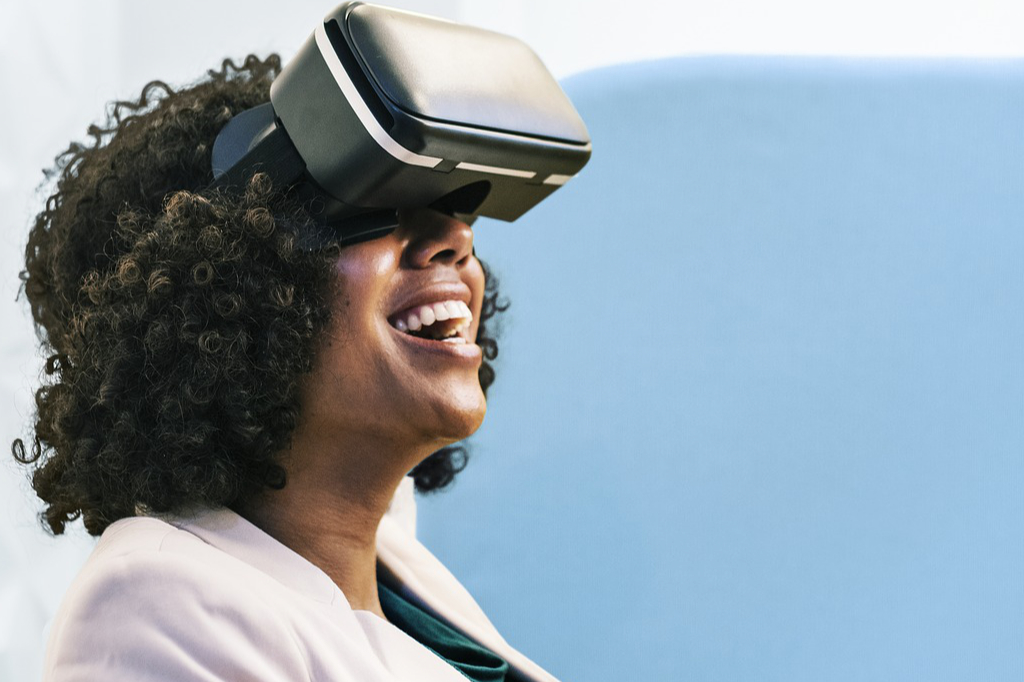Digital Accessibility: Unlocking E-Commerce for Everyone
In today’s modern eCommerce, digital accessibility is not just a good deed or a ‘nice-to-have’ feature. Digital accessibility ensures that your online shop is like an easy-to-walk-through superstore, where everyone can browse, select and purchase products with ease. It’s about breaking down barriers so that your amazing products and services can be enjoyed by all, regardless of their abilities or how they access the internet.
We’re experts in e-Commerce development services and we’re here to help you choose the right solution for your business.
Why is this important? Well, besides turning you into a champion for inclusivity, making your e-commerce platform accessible widens your customer base by telling the world, “Hey, everyone’s welcome here!”
And it doesn’t stop there. By embracing digital accessibility, you’re also following the search engine laws and this, in turn, will get you many credits for boosting your SEO – yes, search engines love accessible sites!
Why accessibility is crucial for e-commerce
Making your online store available to all users, regardless of their physical or cognitive abilities has become a critical business strategy.

This inclusivity doesn’t just enhance the user experience; it broadens the customer base, tapping into a market segment that’s often overlooked. This market segment is not particularly big, and maybe that’s why we still find many online stores that are poorly or not prepared at all for these customers.
The lack of keyboard navigation, inadequate screen reader support, missing ALT text for images, complex or inaccessible contact forms, or a user-unfriendly navigation, which poses difficulties particularly for users with cognitive disabilities, these are all mistakes that can be found in many online shops.
Merchants need to understand that the benefits of having accessible websites expand way beyond this market segment. A generally more navigable and user-friendly website will appeal to all customers, so it’s easy to understand why it’s a win-win situation.
At navigation level, merchants should use a clear and consistent layout, making the online store logical and predictive. Keep in mind that some users (like those with vision impairment) will not use a mouse, therefore the option to hover the website using a keyboard should be accessible. Also, to help them, set clear and descriptive titles for pages, headings, and links. This helps users with screen readers to understand the page structure and find content quickly.
To ensure that product pages are easy to access and follow by all users, add descriptive alt text to images for visual representation, essential for visually impaired users with screen readers. Provide detailed and clear product descriptions, include captions and transcripts for videos, and make sure interactive elements are accessible and well-labelled.
The Checkout Process should be straightforward, with clear instructions at each step. Most importantly, contact forms should be accessible. Label all form inputs clearly, and provide error messages that are easy to understand. Ensure that forms are navigable and usable with a keyboard. Payment options should be various to accommodate different users’ needs. Once the purchase is completed, provide clear confirmation screens and feedback. Users should know without doubt that their order was successful.
Common accessibility challenges in digital platforms
While there’s often a lack of awareness about the importance of accessibility in the digital space, which can lead to it being a lower priority compared to other business objectives, the challenges that businesses face in implementing these changes are various. First of all, implementing accessibility features often requires specialized knowledge in web development, which might not be available in all development teams. Understanding the nuances of screen reader compatibility, ARIA (Accessible Rich Internet Applications) roles, keyboard navigation, etc., requires expertise that not all developers possess. And let’s face it, all these resources require a significant investment in terms of time and money.
At the same time, properly testing for accessibility requires diverse user testing, including people with various disabilities. Such inclusive testing practices are often not part of the standard development and QA processes, and unless the online shop sells or plans to sell especially to people with certain disabilities, there is a hard chance that all these tests will be performed.
There’s also a preconception that accessibility might compromise the visual appeal or functionality of a site, therefore balancing aesthetic design and user experience with accessibility needs is a real challenge.
Accessibility and the major eCommerce platforms
The major eCommerce platforms provide robust systems that can be made accessible, although the platforms themselves are not inherently accessible out of the box. Simply put, the accessibility of a Magento or Shopware based e-commerce website largely depends on how it is developed and customized.
Magento, for example, offers customizable themes which can be tailored to improve accessibility. Things like color contrast, fonts and more, which are essential for visually impaired users, can be modified. Developers can also code Magento themes and extensions to comply with web standards such as W3C’s WCAG (Web Content Accessibility Guidelines). Magento also allows for the easy addition of alt tags to images. All these can make a website more accessible to users who rely on screen readers.
Additionally, Magento’s extensive ecosystem of third-party extensions includes options that can be used to improve various aspects of accessibility.
The Accessibility Enabler extension found in the Magento Marketplace helps your visitors to personalize the website based on their needs. On the other hand, it helps website owners to increase compliance to the accessibility laws of the countries where they operate. The extension provides more than 30+ accessibility tools, making navigating the website seamless for people with dyslexia and other disabilities. Visitors can pre-set their profiles and personalize them with the features that they need for their specific condition.
While Shopware, as a platform, provides the same capabilities to create an accessible online store, it ultimately depends on how these tools are implemented and maintained by developers and website administrators..
One of the most straightforward options is making the website accessible with the help of third-party plugins. Accessibility for your shop by gb media helps impaired users to better experience online shops. Individual settings such as contrast, font size, scaling, link highlighting and much more can be deployed to make online shops barrier-free.
For Shopify, Accessibility Enabler AW is a user-friendly plugin which provides more than 30 tools covering all disabilities. The widget is optimized for both mobile and desktop users, works well with all Shopify themes and doesn’t affect your store performance.
The future
Maybe their aim in the first place was far from removing barriers for people with disabilities, but by striving to make shopping experiences more intuitive, personalized, and efficient, emerging technologies are also making them more accessible. And of course, some of them seem like a lifetime away, but with recent developments in AI, Web3 or 5G, the future might be nearer than we imagined.

We all know how AI and ML are already revolutionizing e-commerce by providing predictive assistance. For users with disabilities, AI can tailor the interface, recommend products based on individual needs, and offer accessible navigation options.
Voice-enabled shopping is becoming increasingly common. The technology is extremely useful to visually impaired users and those with motor disabilities because it allows for hands-free navigation and control, making e-commerce platforms more accessible.
Although in incipient stages, Augmented Reality (AR) and Virtual Reality (VR) are being used to create immersive shopping experiences but they can also help visually impaired users by enhancing product visuals or providing additional context through audio descriptions.
When fully implemented, the Internet of Things (IoT) will help e-commerce accessibility immensely. Imagine a world where smart devices and sensors integrated in fridges will assist users with disabilities to place orders automatically or receive notifications about deliveries.
Web3 and its blockchain technology will enhance the trustworthiness and security of e-commerce transactions, which is particularly important for users with disabilities who might be more vulnerable to fraud.
Final thoughts
In conclusion, in today’s ecommerce space, inclusive website design is a business imperative. It’s vital to ensure that the website is compatible with assistive technologies like screen readers and that it adheres to the Web Content Accessibility Guidelines (WCAG). The integration of emerging technologies like AI, AR, VR, and IoT in eCommerce helps a lot, not only increasing the shopping experience but also playing a pivotal role in making these platforms more accessible.
If you want to know more about our list of services at Clever++, please visit our website.




